The Journey Through Waste, is the last post I’m making from Heritage Open Days. I’m very interested in recycling and to learn how recycling works. Luckily I was able to get the last ticket at the tours that were available this year. It was free and it lasted for around one hour and a half.
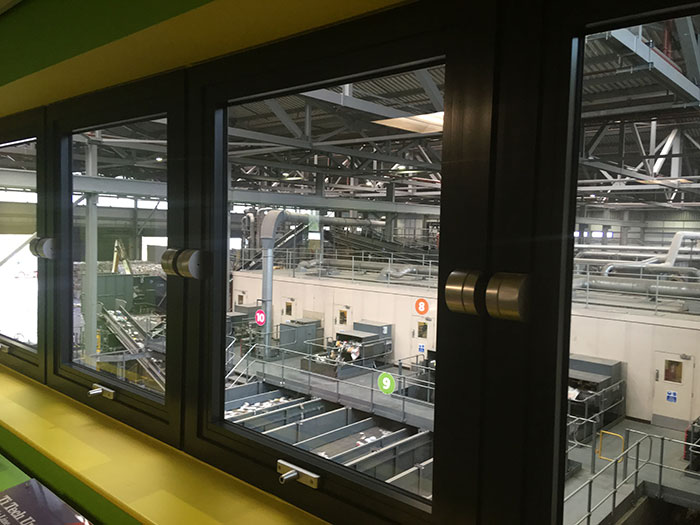
Veolia organized guided tours of the Gillmoss Materials Recovery Facility. The recovery facility was commissioned by Merseyside Recycling and Waste Authority, and built in 2011. The building in itself is stunning, but I wasn’t able to take a picture, because of the weather. It was designed so it maximizes the use of natural daylight, harvest rainwater, and the roof has a triple wave to allow for the installation of Photovoltaic panels. The building is huge, 80,000 square feet, mostly occupied with sorting equipment. 100,000t of dry mixed recyclables can be sorted on the site each year, but the facility runs at only 80% capacity, so we can do more to recycle.
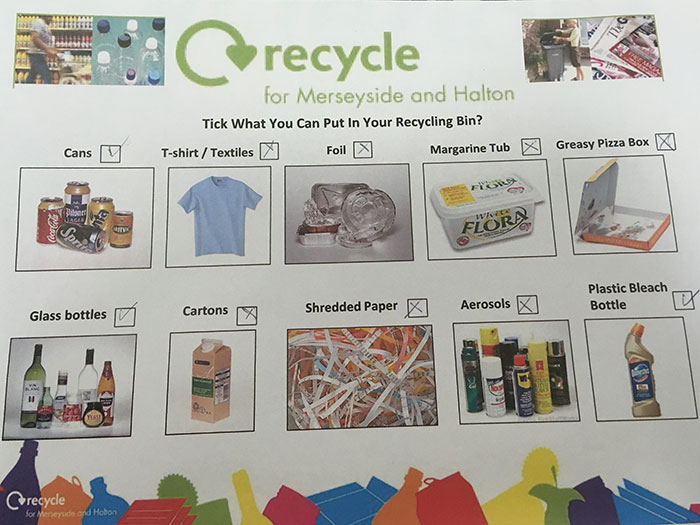
The tour started with us having a cup of coffee or tea, before being seated to take a test. The role of the test is to make us think of what we can recycle, what we can reuse, and what happens to the waste. As you can see, these are the things we can put in our recycling bin, and the things we shouldn’t.
Wash all bottles and cans. If any food gets on the paper it ruins it. Paper is the most important thing in the recycling process.
Textiles and cartons can be recycled at any local tip. I would say think if the piece of clothing you are willing to throw out is not something that still can be used. If so, put it in a bag and drop it at a charity shop. Shredded paper can jam the machinery and it can provoke fires, so dispose of it or put it in the compost bin if you have one. Also, aerosols can explode, so they shouldn’t be put in the recycling bin.
If you are not from Merseyside, check with your local recycling facility. You might be able to visit it, like I did. Also, not all recycling facilities accept the same things, depending on the machinery they have and what they sell after that.
The Materials Recovery Facility sorts over 300 tonnes of recycling a day, that is 80 bin wagons daily. The whole process takes 11 minutes to complete. That is amazing. Veolia operates waste treatment facilities for 600,000 households across Merseyside and Halton. That includes 16 Household Waste Recycling Centres, 4 Waste Transfer Stations, and 2 Material Recovery Facilities.
The Material Recovery Facilty sorts and separates the recycling bins collected from the Wirral, Liverpool, Sefton, Knowsley, and Halton. 80 people are working in two shifts at Veolia, Monday to Friday.
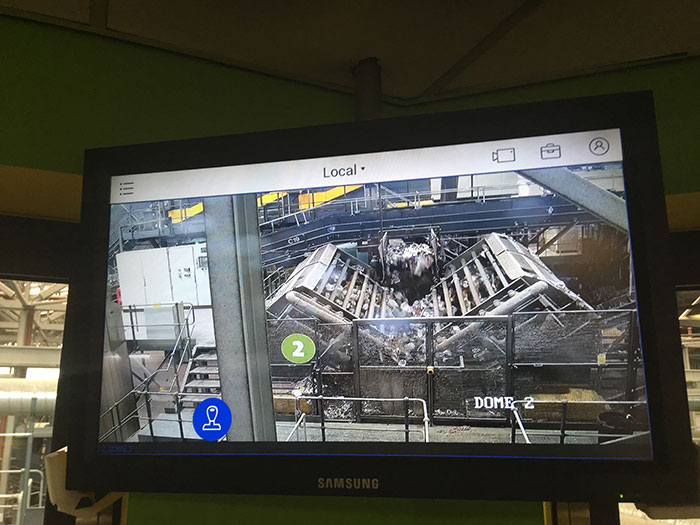
One of the biggest problems they face is contamination. It was around 19% for the last year. That is a lot. They have to take out everything that can’t be recycled in the facility, wasting time. At the tour I got a couple of leaflets with details about each machinery. So, before things can get to machine number 2, a team of pickers take out what can damage the machines or is not recyclable.
This machine separates what is flat, like paper, flattened plastic bottles, and the 3D objects, like food cans, drink cans, unsquashed plastic bottles.
Next step, which is done by machine no. 3, is to separate the large pieces of paper from the small ones. The big pieces and the ones that are thicker, are more valuable.
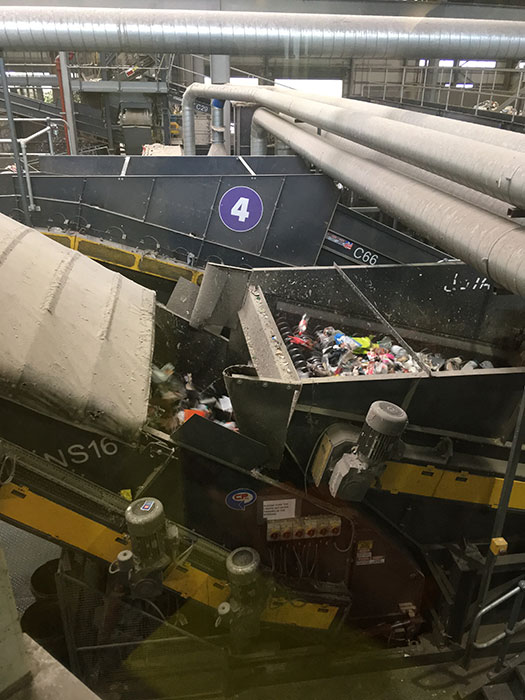
Machine no. 4 removes the small items from the paper line. The process will continue in machine no. 5, where the material is scanned and the non-paper is separated by jet air. Next machine separates the 3D items with a magnet. The plastic continues its journey and the metal is attracted by the magnet. The following step, machine no. 7, is to take out aluminum drink cans, with a magnet that repels it.
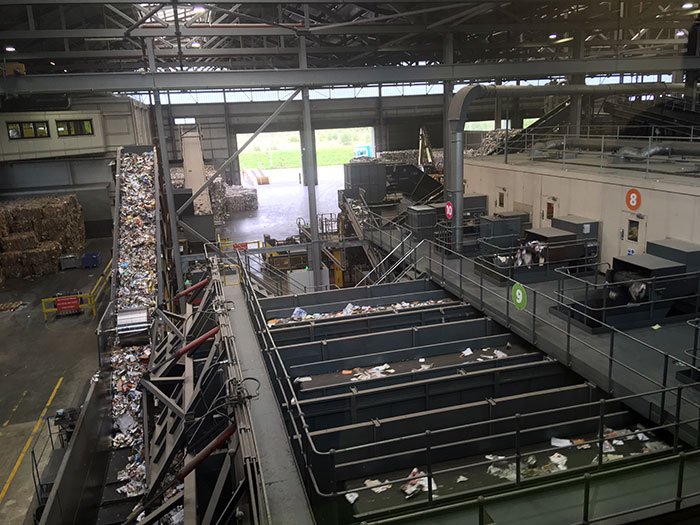
You can see the no. 8, that is the post-sort cabin. They put numbers on them so they are easier to talk about in the tours.

Staff is in that cabin with the no. 8 on it. The pickers take out anything that is not paper and ended up by mistake on there. What I didn’t know is that the recycling has to meet certain standards to be bought, and it’s more stringent that I would have imagined. The conveyor belts, no. 9, are for paper. As I mentioned earlier, bigger pieces of paper are more valuable. The no. 10 machine stores the cans.
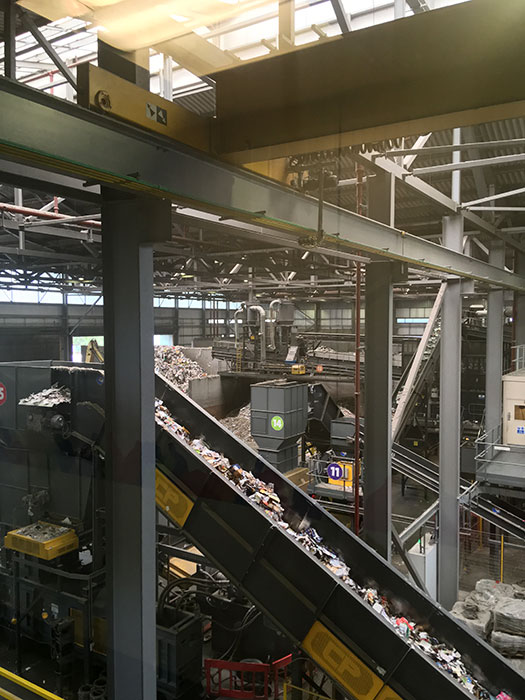
11 is a bottle piercer, to make it easier for transport. Also, this means neither of the bottles can explode in the baler. The machine no. 14 is the baler, where items are squashed for transport.
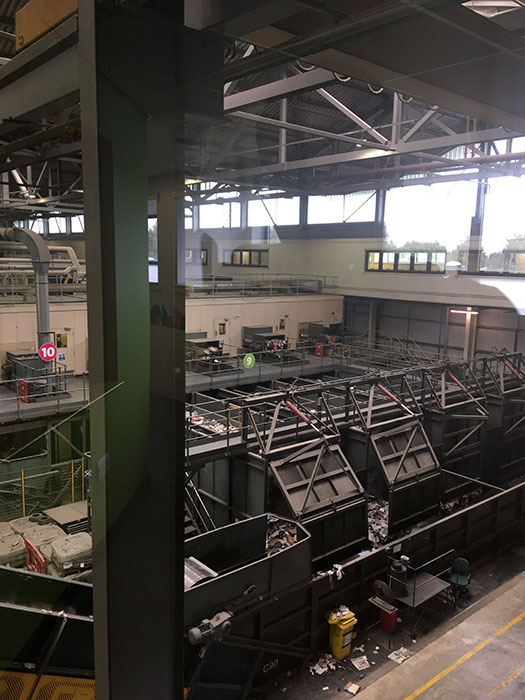
There area a few more machines I didn’t take pictures of. The glass section and the fibre baler are two examples.
What is not recycled, but picked up from Merseyside will not go into landfill. Specially designed and made facilities will burn the waste to produce energy. Filters ensure that no toxic fumes get into the atmosphere, besides CO2. It is not ideal, but it’s a better option than having a landfill.
I hope you’ve enjoyed my post Journey Through Waste. If you are in Liverpool or nearby, please share this post on social media. Also, contact me on email or twitter if you want more details about visiting the facility. All the tours are free.




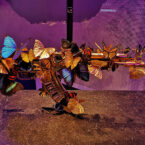

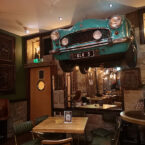
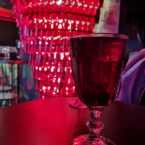
How fascinating. So interesting to see how the process works. I missed the Heritage open days this year but they are fab events
THANK YOU so much for sharing this! I really, really want to visit a Recycling Facility to find out what happens- I care really strongly about it so I really am glad you posted this. I must try to investigate and see if I can visit somewhere locally!
How fascinating to be able to visit a recycling centre, it really helps to showcase why recycling is so important
This is a really good behind the scheme look at recycling – I learnt such such alot. thank you. I’ll pass this onto my WI posse who’d want to go on a similar tour too – here in Manchester. reducing plastic use and encouraging recycling is one of their campaigns. Love Bec
When I was teaching we took our pupils there. They had a fab time and became very recycling minded.
it’s amazing how complex the process is. we just think it is as simple as popping empty things into a blue bin but there is so much more to it. and so much ends up going to landfill unnecessarily still 🙁
It’s interesting to see how the process works and good to know you can tour the facility for free. Do they do tours for schools?
Yes, they do. They have steps, so the children can have a better view of the facility. I saw a few games too, so they can understand easily what is about. Also, in the break room, there are all sorts of recyclable and non-recyclable items, to show what can go in the bin.